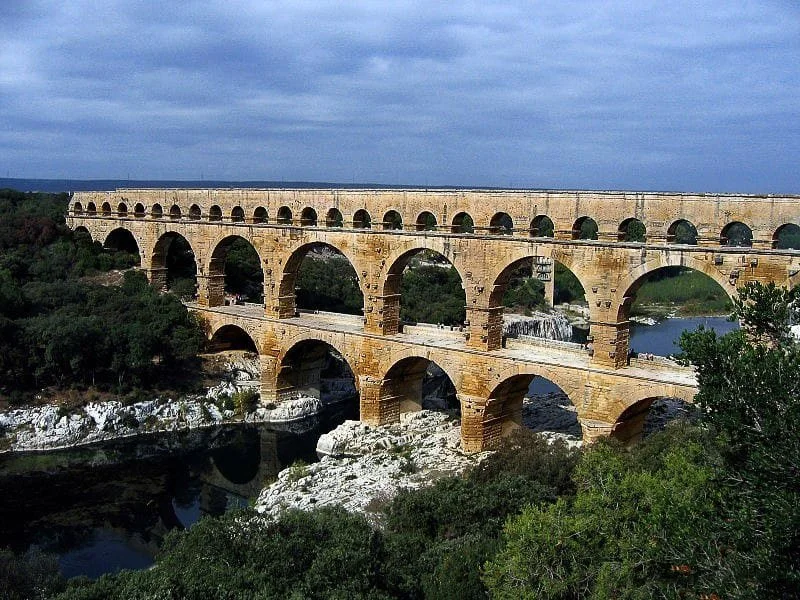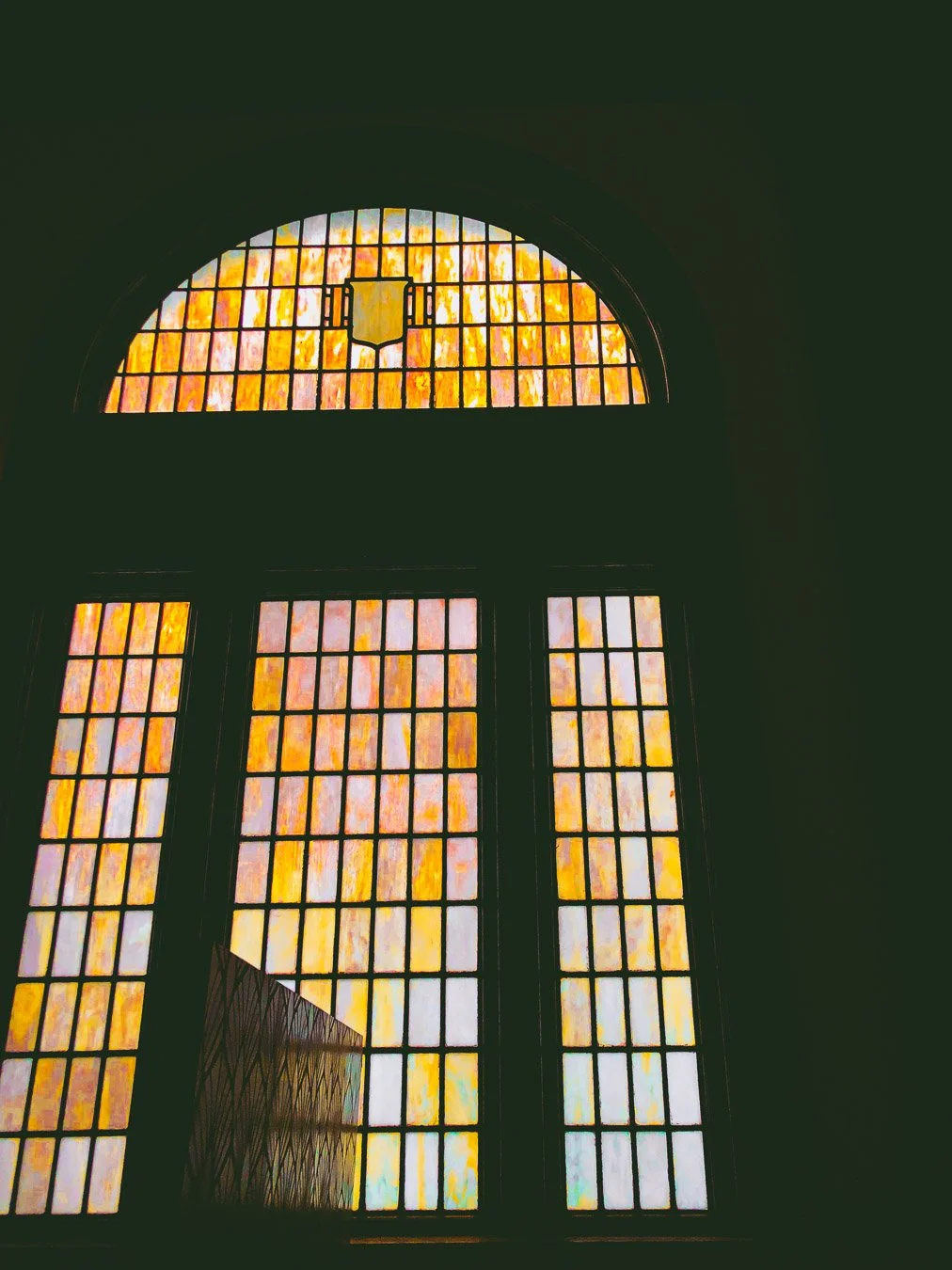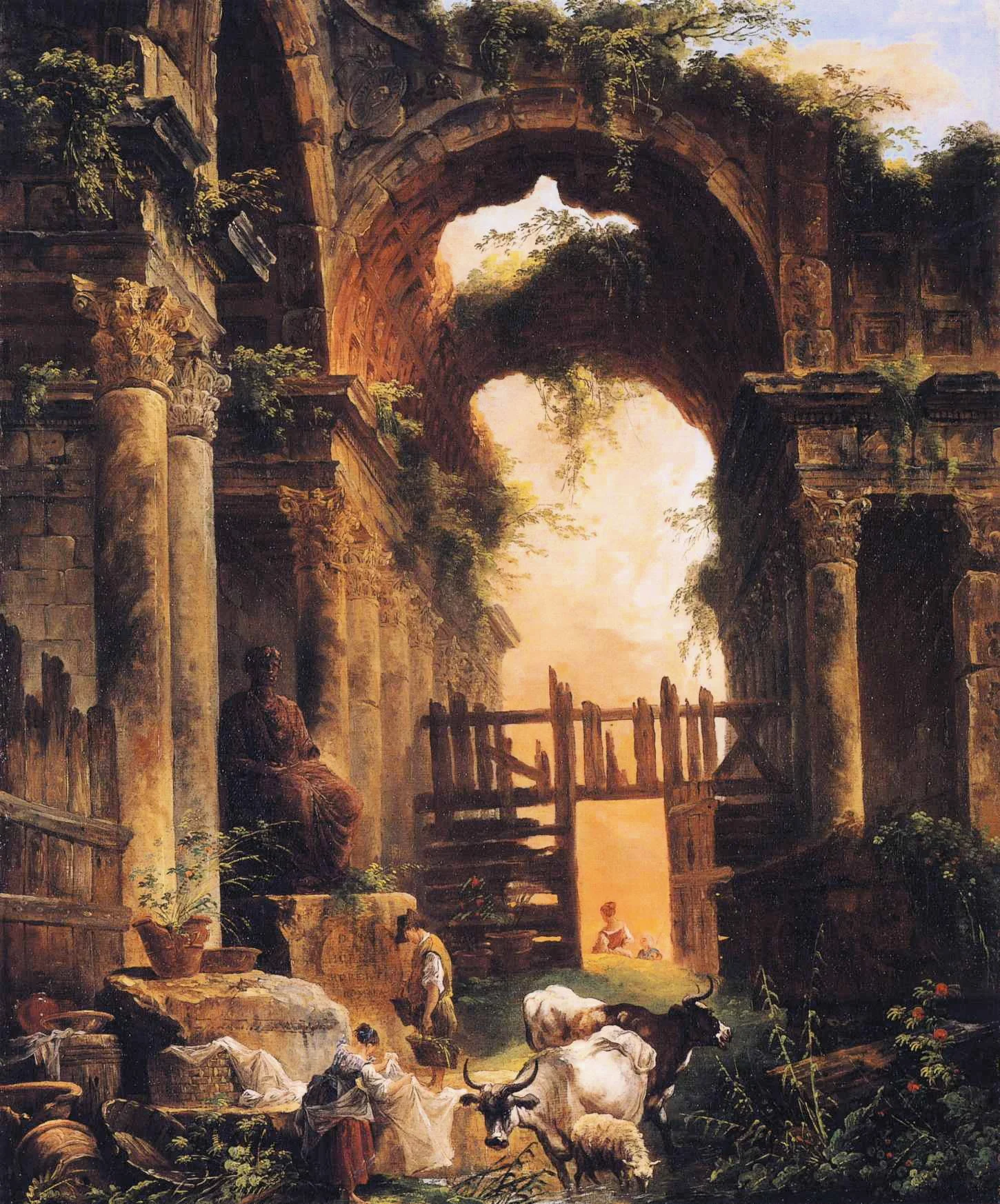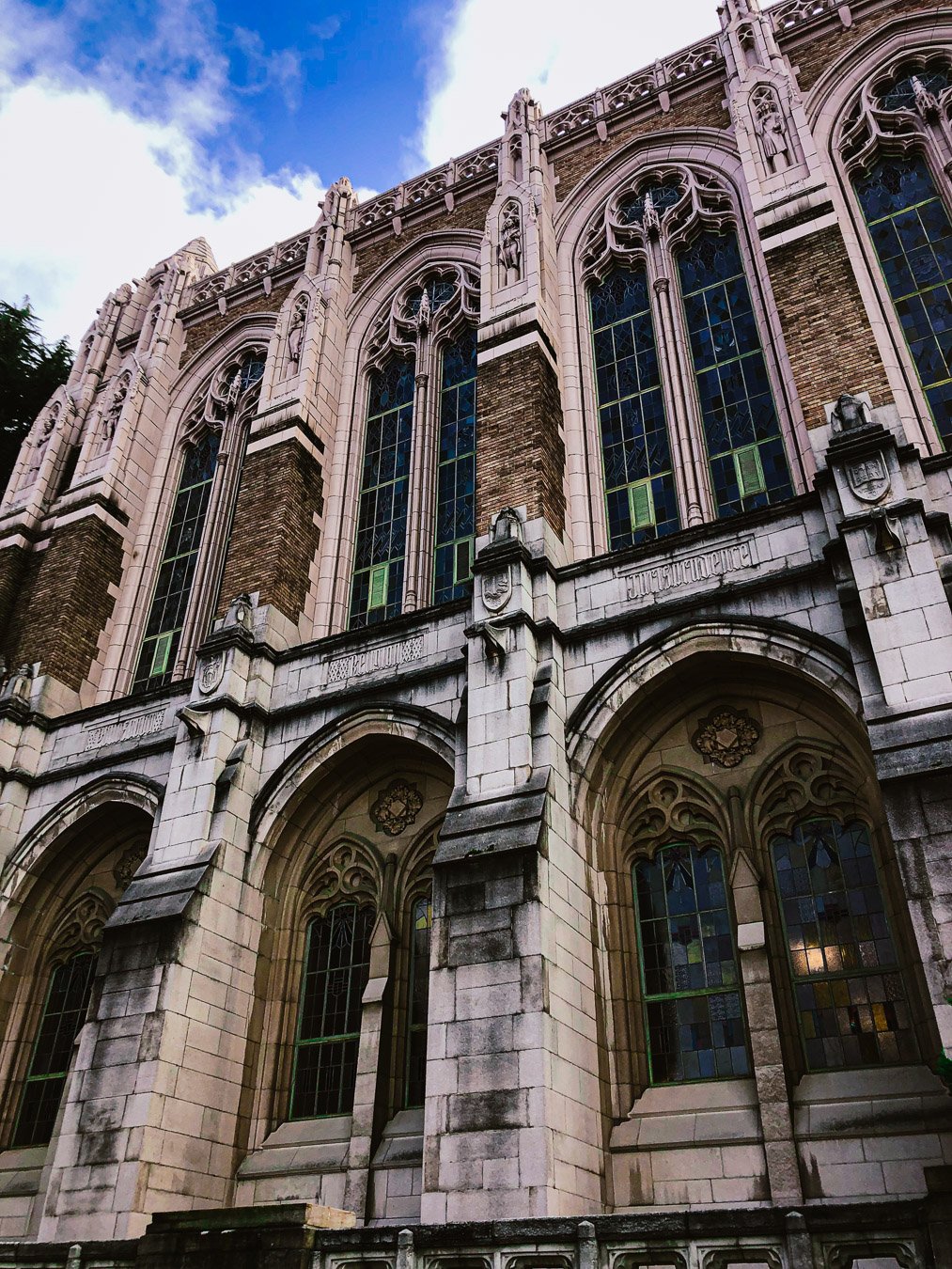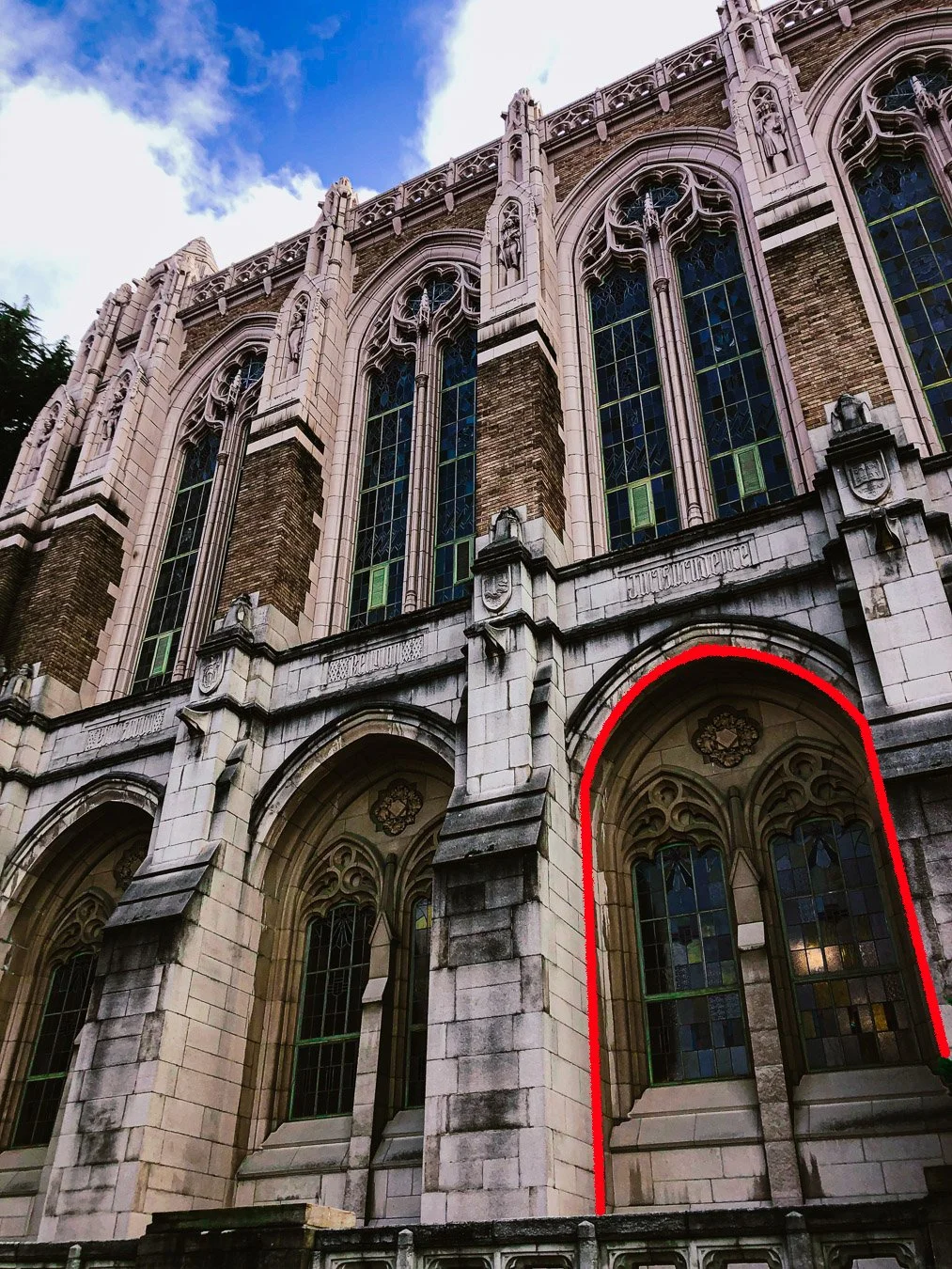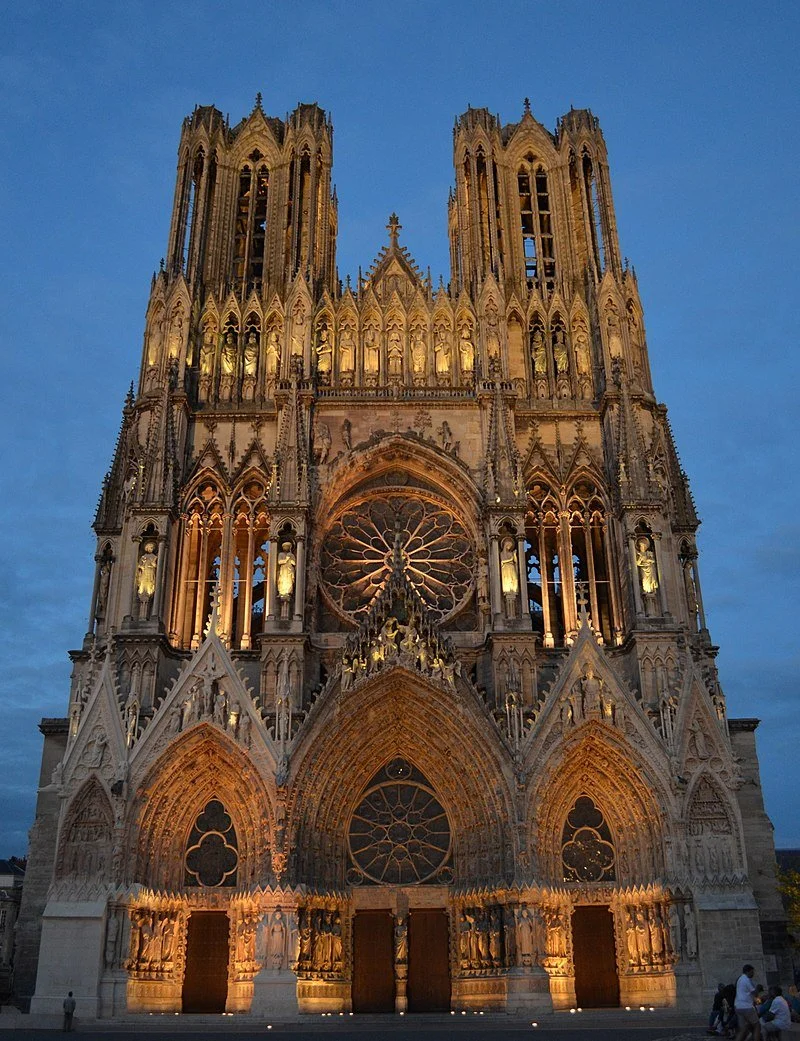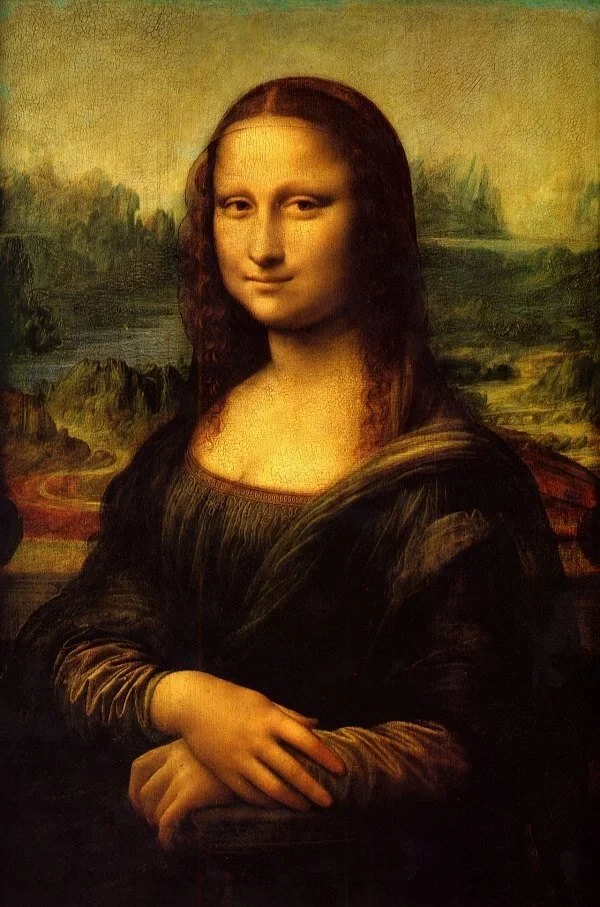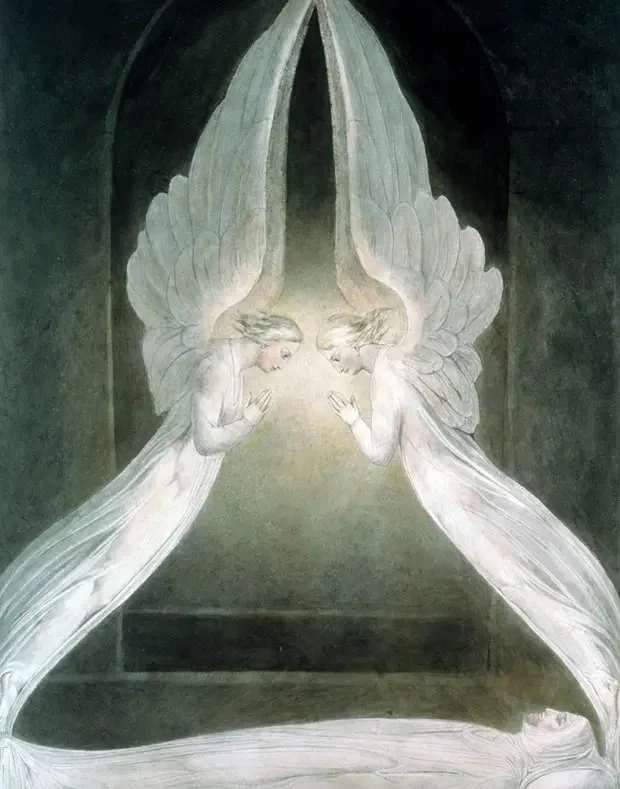Table Of Contents:
i. Veritcal, Horizontal, and Vertical-Horizontal Lines
ii. Pyramids
iii. Gothic Arches
iv. Roman Arches
-Motifs In Art and Design-
Credit goes to C. Law Watkins, whose book ‘The Language of Design’ has served as inspiration.
There is a language to design. And I’m not only referring to the overarching ideas; like composition and color scheme. I’m talking about the small details. The things that the very lines in artwork suggest. The forms and shapes they take, and the meanings that they whisper into our minds. The repeating patterns or lines in an artwork are called motifs.
For some motifs, it may be a learned association - either through society or study. For others, it is innate. The horizontal line is a great example. When you lay something flat it is at rest. Just like when we lie flat, we are at rest — so it’s only natural that seeing horizontal lines in artwork puts us at rest.
Let’s explore these meanings in art together and continue to shape our understanding of what artwork really is.
Intro
When you read the title Roman Arches, what do you envision? Maybe the the Roman colosseum, which itself actually had a lot of Roman Arches. Maybe something entirely different. Whatever it is you envision — we know that Roman architecture, and even their ideologies have withstood the test of time. So, it makes sense that their arches evoke a sense of solidity and carry a lot of weight in a composition. If you look at the aqueducts below, you can make out the shape - that is the focus of today’s session - repeated throughout the structure. Roman arches are incredibly common. I bet if you go out the day you read this and look, you will find them.
Roman Arches
The Pont du Gard Aqueduct located in France has stood for nearly 2,000 years.
You can also find Roman Arches in famous paintings. Notice how imposing and prominent the arch is in the painting below. Notice the figures above the arch. A kneeling angel opposite what looks to be a man. Do you notice the man in the shadow of the arch looking somber? With the presence of the Roman Arch serving almost as an anchor to keep you in the painting the artist is able to put differing elements such as slaves and the noble class in the same photo while being able to keep the viewer’s focus.
The Presentation of the Virgin in the Temple by Fra Carnevale.
Currently on display in the Museum of Fine Art located in Boston, Massachusetts.
When used properly, the Roman Arch can be a valuable tool to draw from, and is readily available in the real world.
I’ll end this lesson with a small gallery of photos that employ the roman arch motif! Some of my works, alongside some famous art pieces.
First, we have Oath of Horatii by Jacques-Louis David. What feeling do the roman arches give you in this painting? Do they add to the painting, or are they just a convenient piece to added to the composition?
Next, we have Roman Ruins by Hubert Robert. What do you think about the arch in this photo? Does the fact that such a powerful symbol is crumbling and decaying add to the message the artist is trying to send?
Roman Arches are a wonderful compositional element. As you may have noticed, they rarely are the main focus. And while always readily available and able to fit into compositions, as with most things, without intent and proper usage roman arches are like fire in the hands of men who know not how to use it.
I hope you have enjoyed this lesson and taken something valuable for yourself away from it. Try something new, and be brave in the world this week. Take good care of yourself so that you may take better care of others.
As always,
Stay warm.
dc
“A mind stretched by a new experience can never go back to its former dimensions.”
-Oliver Wendell Holmes
-Motifs In Art and Design-
Gothic Arches
Credit goes to C. Law Watkins, whose book ‘The Language of Design’ has served as inspiration.
Said to have been inspired by the tall trees of forests, Gothic Arches are one of the two arches. Some people even began to worship the forest and that is likely due to the awe and feeling of contemplation when in the presence of rows of massive trees. The arches formed by high branches, reaching for light and air among the canopy, were both a haven and a battleground for early humankind. The mystery of the forest contributed to the first stirrings of what we now know as culture.
An example of the gothic archway in the canopy of trees from Golden Gardens in Seattle, WA.
When our means caught up to our aspirations we began to build Gothic cathedrals of stone. The Gothic Arch has since become a symbol of deep contemplation and spiritual aspiration. The long upward reach of its thin vertical lines meet at the peak of its arch. This is so potent in its spiritual suggestion, that it would go on to become the gesture of the hands of prayer.
The chaotic pattern of gothic churches is said to be inspired by the fractal nature of the growing of branches of trees. As a motif that is inspired largely by nature, the archway boasts a connotation that is written in almost every human.
Gothic arches featured on the campus of the University of Washington. Deep contemplation and education go hand in hand.
As mentioned earlier, when utilizing gothic arches yourself, be sure that your vertical lines are not only long, but thin. If the vertical lines are too thick it can suggest a crypt or a dungeon.
I feel it necessary to mention that these motifs are almost like a language. Similar to hearing a foreign language be spoken near you. You can perceive the tone of voice, and rapidity of speech. Even though you cannot understand the language, you get most of the message. And in my opinion, in art it is the same. These motifs may not be commonly known, but the language is there nonetheless.
I have begun to notice — or theorize, that we unknowingly unveil ourselves through our artwork. The motifs present in the pieces, the colors and their meanings. They all seem to paint a deeper picture than the one we see. And it makes me love art even more. The more you learn of it, the more beautiful and meaningful it becomes.
I digress. I’ve sought out some gothic arches around my city, and I have also included some photos of the Reims Cathedral located in France! One of the epitomes of Gothic architecture in my opinion.
How many gothic arches do you count on the cathedral above? Staggering isn’t it? Haha
That’s it for this week. Thank you for reading and learning with me. To me, gothic arches are a great symbol! Commonly found on university campuses and in churches, their spiritual connotation as well as their association with deep contemplation are very clear. I believe it fitting that they serve as portals in a lot of architecture.
As always,
Stay Warm.
dc
“There are 4 ways to approach someone:
i.) Brotherly or sisterly - like an old friend
ii.) With respect - E.g. Authority, bosses
iii.) With lust
iv.) All three combined
Number four is your partner.”
Unknown
-Motifs In Art and Design-
Pyradmids
Credit goes to C. Law Watkins, whose book ‘The Language of Design’ has served as inspiration.
What shape is linked more with solidarity and immortality than the pyramid? When Egyptians chose to erect colossal structures that have stood for millennia, there was inspiration. A pyramid is a simplification of a mountain peak. A 2–D representation of a 3-D shape – when applied to art or photography.
The pyramid distinguishes itself from other natural forms in that it comes to a point, which seems to pierce the sky. This point creates a sense of alertness, which differentiates it from the square tops of cliffs, or the rounded tops of massifs.
This motif and all others can be used in any medium, with any subject matter. To create portraits, or beautiful landscape compositions. Employ these motifs and align the emotions they evoke with the story you want to create.
A mountain, with its peak, is only as dignified and alert as its surroundings. Be sure that the mountain is in proper proportion to its surroundings, with its peak thrusting into open space.
Mountains are generally a dark figure against a bright sky. If you’ve ever looked at a mountain peak during the day, you’ll know what I’m talking about. However, on special occasions, a pyramid will be bright, thrust against a dark sky. This is an important rule to follow with mountains, and if not followed your work can fall into chaos and the form of the pyramid can be lost!
A light pyramid featuring a dark background.
Very famous portraits have also been composed using the motif of a pyramid. What better way to display a person of worth and dignity? Take the Mona Lisa for example, below:
Do you recognize the mountain motif? How her dark hair separates a light background and how the form of her shirt is reminiscent of the ridges leading up to a mountain peak? This is arguably the world’s most famous portrait. This and many other famous portraits employ this motif of a pyramid to create a feeling of dignity, and alertness.
I’ll end this lesson with a small gallery of photos that employ the pyramid motif! Some of my works, alongside some of my favorite pieces from William Blake.
William Blake
Can you find the pyramid motif in the paintings above? The pyramid motif can be used in a lot of creative ways and somehow is always connotated with a sense of dignity and alertness.
I hope you have thoroughly enjoyed this week’s lesson and that you have learned something! Enjoy your days, and be kind to your neighbors.
As always,
Stay Warm.
dc
“Make your dream devour your life, so that life does not devour your dream.”
-Antoine de Saint Exupery
To begin, I would like to give credit to C. Law Watkins whose book has been and continues to be a toolkit on ways to see the world.
There is a language to design. The lines we see in art and structures say something and have a certain feeling attached to them. The dominant message or artistic idea of a piece is considered its motif.
Horizontal, Vertical, And Veritcal Horizontal Lines
-Motifs In Art and Design-
Think of lying down. See the horizon. A landscape, a sunset. Flat lines will usually create a feeling of calm. We also sleep horizontally so we may associate a horizontal line with resting.
Next, we have vertical lines. With a vertical line there is stability, but there is also a certain sense of balancing to it. Think of trees swaying in the wind. To create more stability with a vertical line, you have it span more of the canvas.
For our last motif we have: vertical-horizontal lines. Vertical horizontal lines were featured in the last example. Can you find the them? These lines are usually common in buildings and create a sense of non-movement, a sense of stubbornness.
Next week we’ll go more into detail about pyramids! These motifs are the baseline of what motifs in design grows into. I hope you have learned something, and that you’ve had a good week.
As always,
Stay Warm.
dc
Up is this only direction I see.

